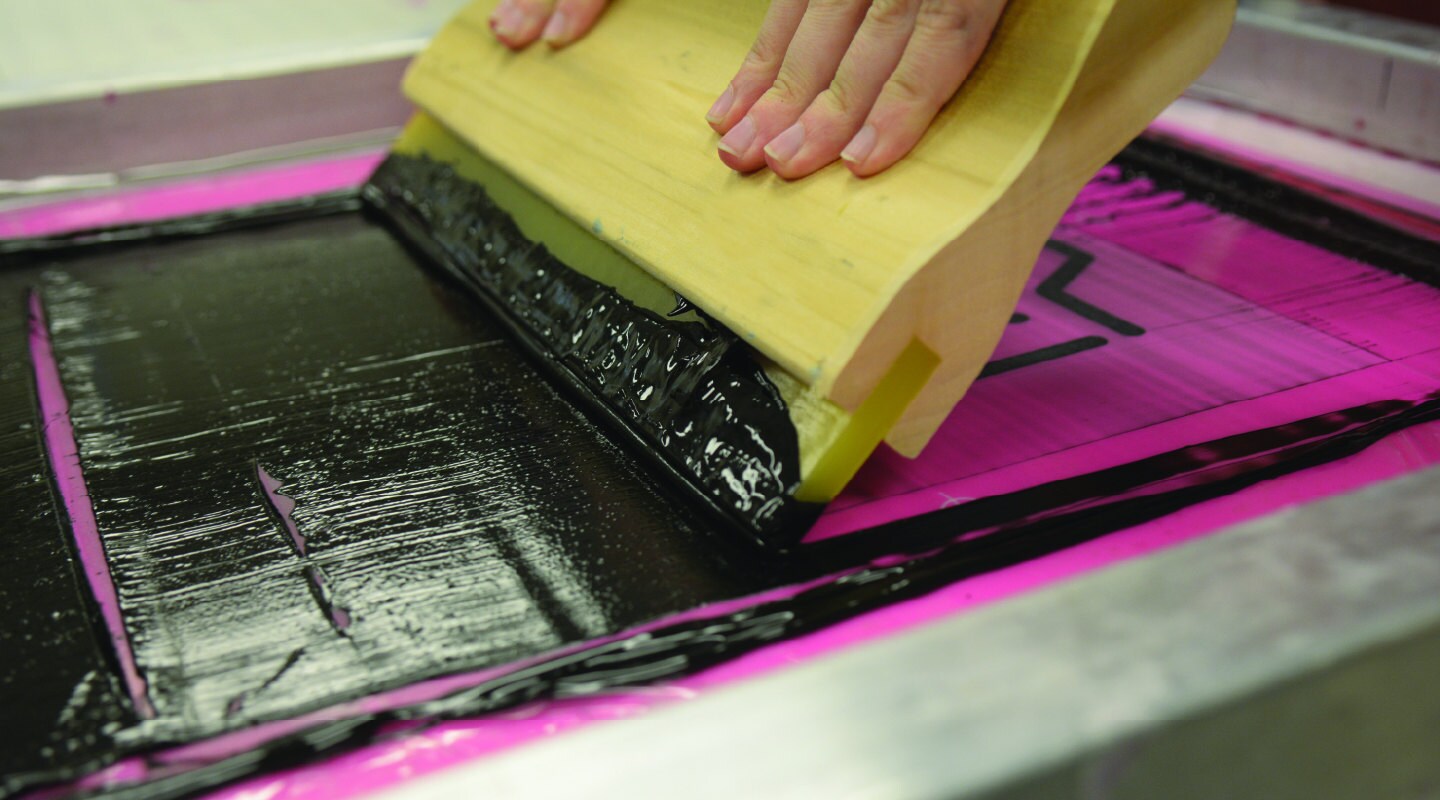Screenprinting, also known as silk screening, is a popular printing technique used to create bold and vibrant designs on various surfaces, such as fabric, paper, glass, and plastic. This high-level overview will take you through the process of screenprinting, highlighting the importance of precision and exceptional quality in achieving optimal results.
- Design Creation and Preparation: The process of screenprinting begins with designing the artwork that will be printed onto the chosen surface. Designers typically use graphic design software to create intricate and detailed designs. These designs are then transferred onto a transparent film or a light-sensitive emulsion-coated screen.
- Preparing the Screen: The screen is a crucial element in screenprinting as it directly affects the quality and precision of the final print. The screen is carefully prepared by coating it with a light-sensitive emulsion. Once dry, the transparent film with the artwork is placed onto the coated screen, and both are exposed to light. The light hardens the emulsion except for the areas covered by the artwork, creating a stencil on the screen.
- Ink Application: Next, the prepared screen is set up on a screenprinting press or a similar platform. The substrate (the material being printed on) is positioned underneath the screen. Ink is then applied to the top of the screen, which is then evenly spread over the stencil using a squeegee or a similar tool. The stencil allows the ink to pass through only in the desired areas, creating the design on the substrate.
- Print Run and Drying: Once the ink is evenly distributed, the squeegee is pulled across the screen, transferring the ink onto the substrate. This process is then repeated for each color in the design using separate screens. The screenprinting press ensures consistent pressure and registration, resulting in precise prints with exceptional quality.
- Quality Control and Finishing: After the print run, quality control is crucial to ensure the desired level of precision and exceptional quality. Inspecting each print for any imperfections like smudges, ink bleeding, or incomplete coverage is essential. If necessary, touch-ups or adjustments can be made by reapplying ink or fixing any defects. Finally, the prints are allowed to dry thoroughly before further processing or packaging.
Screenprinting is a versatile and widely-used method of printing that offers exceptional quality and precision if executed carefully. The process, from design creation to print run, demands attention to detail and an understanding of the principles of color, ink, and substrate. By prioritizing precision and exceptional quality throughout each step, screenprinters can achieve vibrant, durable prints on various surfaces, leaving a lasting impression on viewers.

